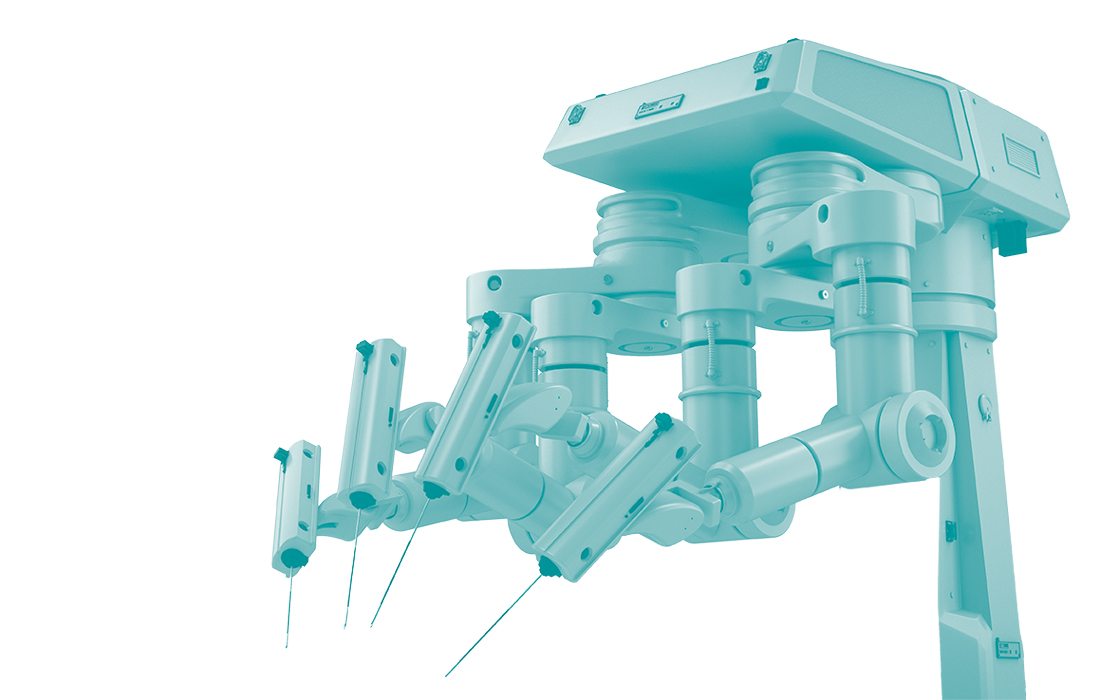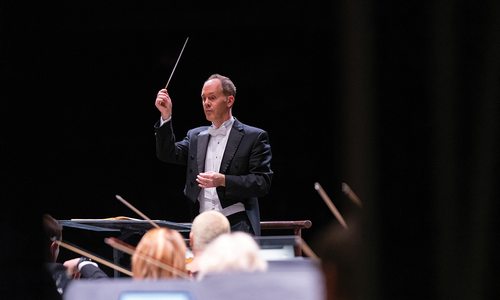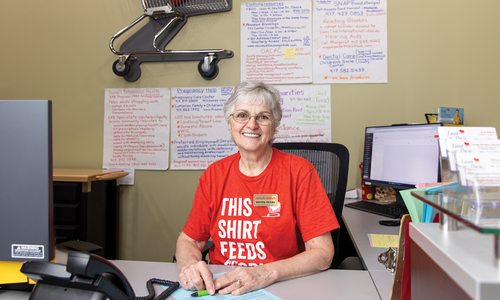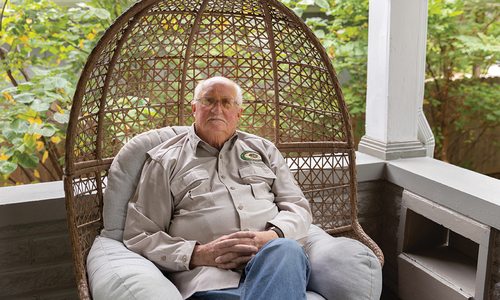People
How Operating Rooms Across the Ozarks Utilize Robotics
Operating rooms across southwest Missouri utilize robotics to expand what surgeons are capable of.
by Jo Jolliff
Jul 2025

Mercy Springfield’s vast number of robotic procedures gave them the recognition of being the fourth largest in the nation for growth in the number of robotic procedures they performed in 2024, among big cities like Los Angeles, San Francisco and Phoenix. “The biggest benefit of using robotic procedures we’ve seen is that there’s smaller incisions and less pain post-operatively so these patients can go home sooner and recover faster than if they had a regular procedure done,” says Chief Medical Officer for Springfield Mercy Dr. Sadaf Sohrab.
With the growth of robotics, some patients have expressed concern over robots performing their surgeries. “We emphasize that it’s not the robot doing the surgery,” Sohrab says. “It’s still us doing the surgery. It’s just that instead of us making bigger incisions and working with our bare hands with gloves and stuff, it is tiny ports that we use. The doctors are still operating, but just in a different, more precise way. It’s still the doctor that decides, ‘I’m going to put a suture here, I’m going to put a staple here,’ and it’s still the doctor doing all of the visualizing. It’s just providing the surgeon with the tools that he needs to be more precise and to do it in a way that there’s less trauma to the patient.”
Mercy utilizes robotics in many areas including bariatric surgery, splenectomies, colectomies, hysterectomies and many other important surgeries across almost all departments. Perhaps their biggest program utilizing robotics is their lungs program. As the only robotic lung surgery program in southwest Missouri they have seen a 40% increase in the number of lung surgeries they have performed since starting the program in 2022. Not only are they able to use the robotics for lung surgeries removing nodules, but also robotic bronchoscopies to find and biopsy nodules.
CoxHealth is also making strides in their use of robotics for urology, gynecology, colorectal surgery, bariatric surgery, pulmonology and planning to soon add neurosurgery. “It changes your outlook as a surgeon because it allows us to provide care that overall is just better,” says Dr. David Anderson, Robotic Medical Director at CoxHealth. “It’s better care for patients because of the benefits. The patients get out of the hospital faster, go home faster and back to work faster.”
In addition to soon adding robotics in neurosurgery, Anderson foresees CoxHealth diving even further into the use of robotics in the OR in coming years. “I’ve been very impressed with how Cox is adapting to the robotic technology and accepting the platform, because it’s pretty much the gold standard for a lot of procedures,” he says. “It’s a big investment, these tools are not cheap and they’re not going to get cheaper. By getting behind it and getting organized and increasing our access to the different robotic platforms for patients, I think they’ve done a really great job to expand that platform into Southwest Missouri.”












